Asian Weaver Ant Facts
- This small, but distinctively evolved, invertebrate most frequently goes by the relatively simple common name of the Asian Weaver Ant. However, like many creatures around the world, it’s also known by other, if less regularly used, alternate monikers.
- In its case, though, it possesses a surprisingly large number of such alternative names. These include similar terms, such as the green ant, the green tree ant, and the weaver ant. Yet, it’s also known by such disparate terms as semut rangrang and orange gaster.
- Meanwhile, professionals, such as researchers, usually refer to it by its official, scientific name. That, however, is a particularly difficult term for laymen to pronounce. That’s because the insect bears the technical name of the Oecophylla smaragdina.
- It further received this tongue-twisting appellation due to the work of Johan Christian Fabricius. The renowned Danish zoologist made the first official recognition of it as a separate and distinct species. This scientifically noteworthy event occurred in 1775.
- Fortunately, the Asian Weaver Ant appears to be maintaining a population base that’s both sizeable and sufficient. This also seems to hold true throughout the entirety of its natural range. The IUCN, therefore, presently has no listing for it on its Red List.
- The intriguing Arthropod nevertheless could be considered to be facing several potential threats to its existence. Habitat loss due to human expansion represents a possible danger. Its greates threat, though, likely comes from ongoing climate change.
Related Articles
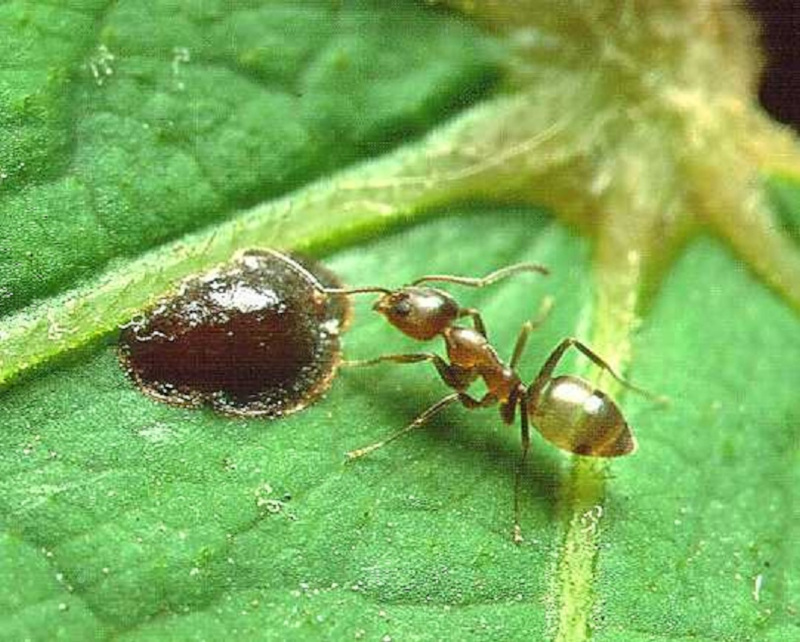
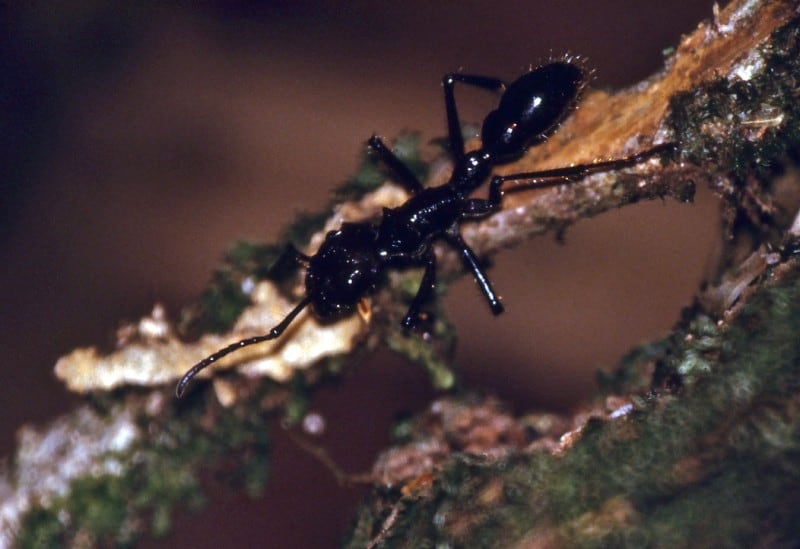
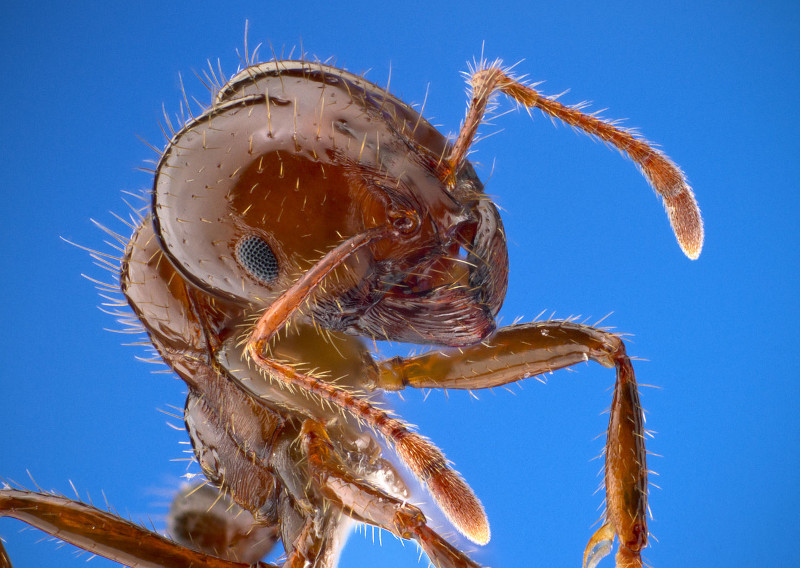
Asian Weaver Ant Physical Description
The tantalizing Asian Weaver Ant easily fascinates those fortunate enough to encounter it. While this holds true due to different reasons, sheer size isn’t among them. That’s because, except for the queens, it remains a smewhat small member of its particular Order.
Like most of its kindred, the physiological characteristic of sexual dimorphism applies, but in a manner different than in many creatures. This applies due to the existence of the caste system. The vast majority of the members of a colony are workers, nearly all female.
The few males present within the teeming numbers of their nest exist as drones. Unlike the numerous workers, these few individuals possess wings. Their sole purpose within their caste system, however, is to mate with a queen, when founding a new colony.
The majority of workers attain a body length of between 0.2 – 0.24 in (5 – 6 mm). The major workers, though, reach slightly greater sizes. These grow to as much as 0.3 – 0.4 in (8 – 10 mm) in length. Queens, meanwhile, grow to lengths of up to 0.8 – 1.0 in (2.0 – 2.5 cm).
Gender-based physical differences also appear in other ways, too. The main body of workers possess shorter, thinner legs than the major workers. These also develop significantly larger and more powerful mandibles than those of their much more numerous brethren.
Color patterns also vary between the individuals of the Asian Weaver Ant. That’s true since, except for the queen, each individual presents on overall orange-brown shade. Queens, though, display a markedly different pattern. These manifest a pattern of green and brown.
- Kingdom: Animalia
- Phylum: Arthropoda
- Class: Insecta
- Order: Hymenoptera
- Family: Formicidae
- Genus: Oecophylla
- Species: O. smaragdina
Asian Weaver Ant Distribution, Habitat, and Ecology
Thankfully, the distinctive Asian Weaver Ant evolved as indigenous to a comparatively broad swathe of the globe. The regions it inhabits already remain well known for their impressive array of life. It’s currently unknown, though, if the insect ever appeared anywhere else.
As the name of this marvel of Nature and evolution implies, its zone of habitation includes large portions of the continent of Asia. However, the intrepid invertebrate’s also present in large sections of Australia. This provides it with a powerful evolutionary advantage.
Within that extensive overall range, though, it displays strong preferences regarding its choice of habitat. Known population concentrations only appear in the more tropical portions of its range. Thus, though extensive, its concentration’s somewhat broken.
The Arthropod further distinguishes itself from most of its relatives in another maner. That’s due to the fact that it exists solely as a primarily arboreal species. Wherever present, the species constructs its nests among the canopies and foliage of local tree varieties.
Each colony of the amazing Asian Weaver Ant may consist of multiple nests. The different nests sometimes appear in a single tree, or spread across several. Colonies sometimes reach massive sizes. The larger examples, in fact, occasionally exceed 500,000 individuals!
Members of this unique species principally feed on various local insects, and other small invertebrates. This mainly includes beetles, flies, bees, and even other ants. The species also maintains populations of aphids, to feed off the honeydew these creatures produce.
Species Sharing Its Range

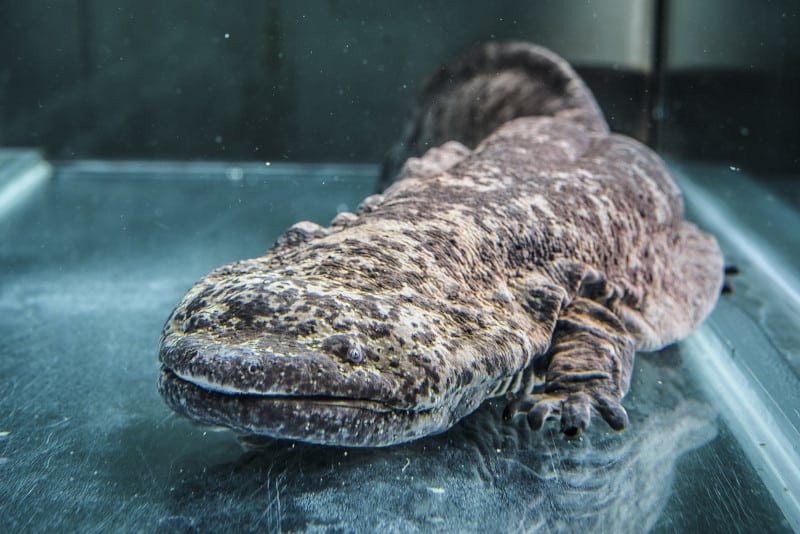
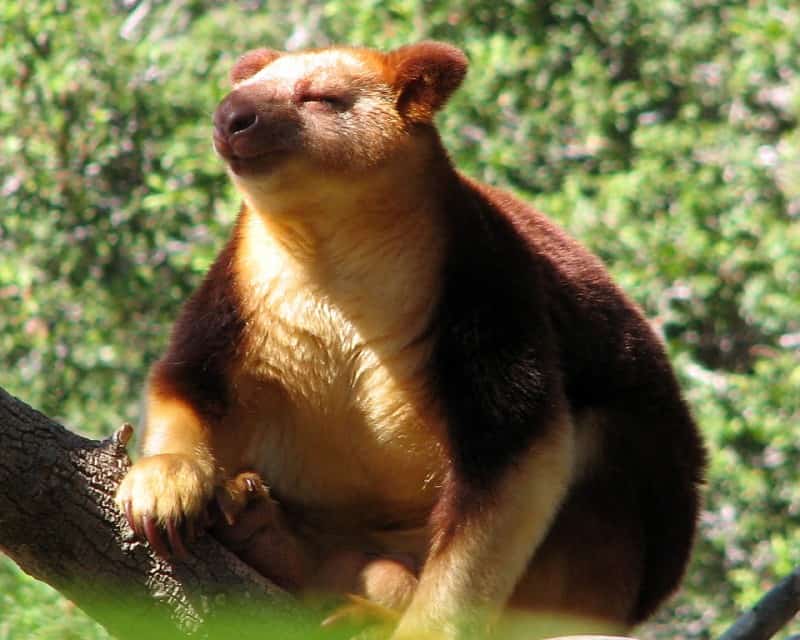
Check out our other articles on 5 Rare Mind-Blowing Cloud Types, Porbeagle, Mount Kinabalu, European Honey Buzzard, Alaskan Timber Wolf, American Cranberrybush, Jamaican Iguana
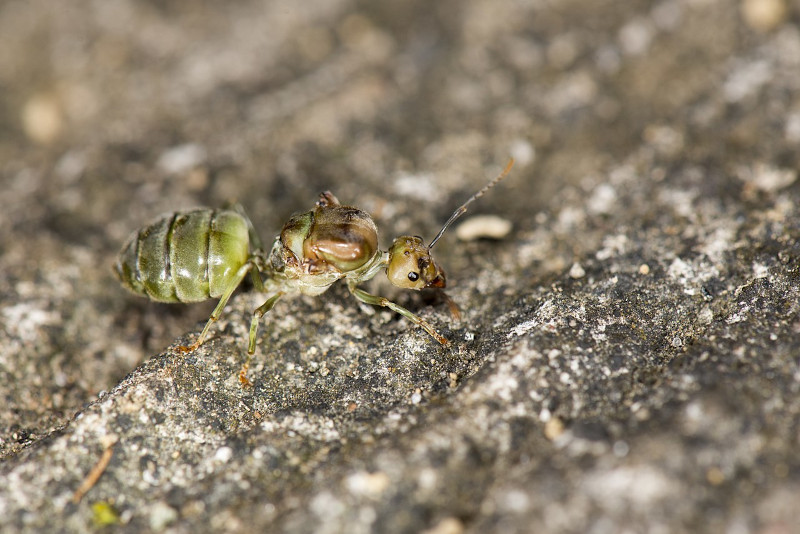
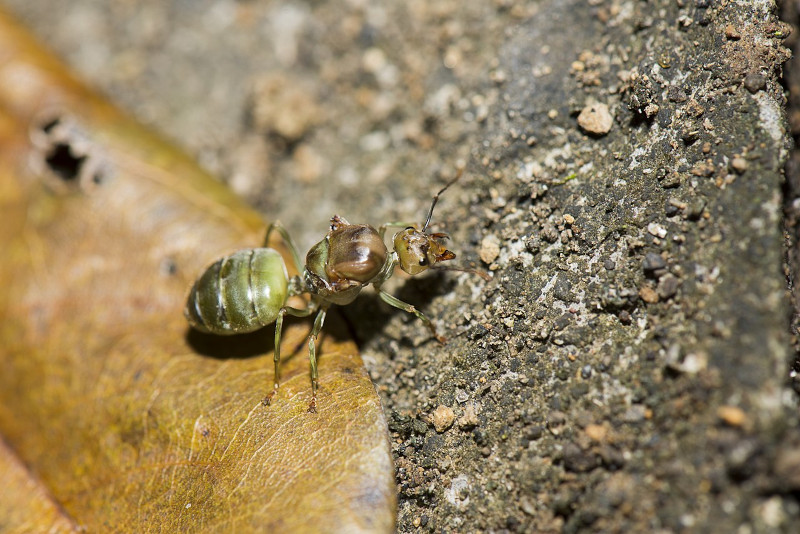
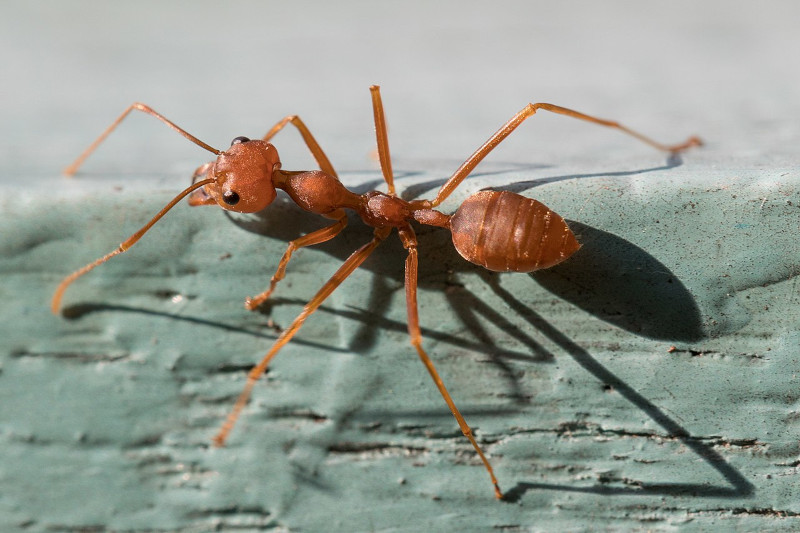









Leave a Reply